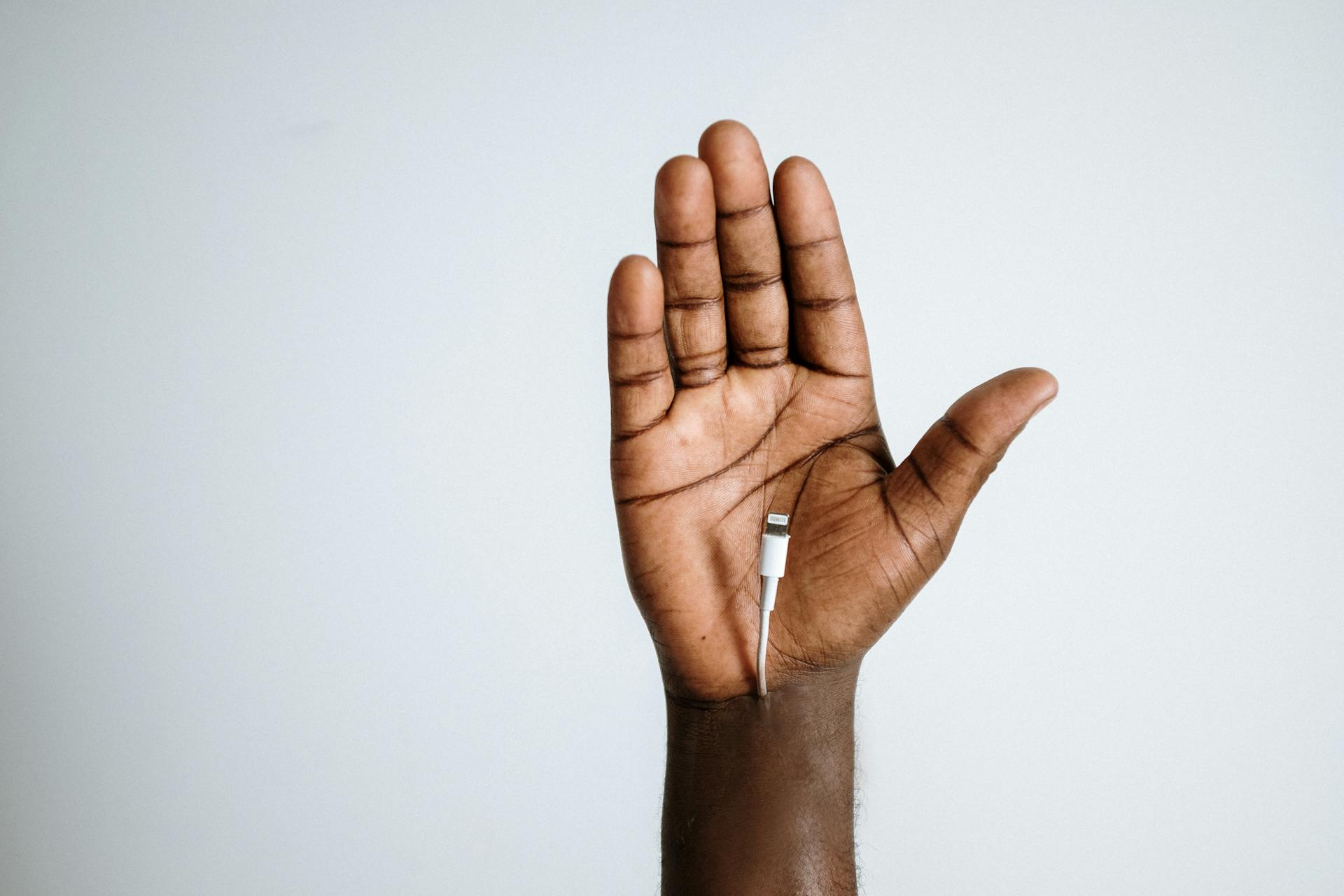Head & Neck, Shoulders, Spine, Hips, Knee, Feet and Ankles. Interrelated joints and muscles of the body in order for movements and range of motion are all a part of the kinetic chain.
Anatomy of the Kinetic Chain

Skeletal System
The bones and joints that provide structural support and enable movement in the kinetic chain. Giving our bodies its shape, enabling movements, forming blood cells, store minerals, and provides protection of organs.

Muscular System
The muscles that work together to generate force and facilitate movement throughout the kinetic chain. Relaxing or contracting to form movement. 4 major functions consist of movement, posture, heat production and stabilization of joints. Specialized muscle fibers allow for a wide variety of motions. Extensibility meaning that they can be stretched, elasticity is the return to normal length after being stretched, excitability is the ability to respond to a stimulus. Whether it be a hormonal, or neuronal response. Contractility allow for the muscle to be shortened with force.

Nervous System
The network of nerves and neurons that coordinate and control movement signals within the kinetic chain. Brain, spinal chord, and a complex network of nerves are used to send messages through the body. The brain controls all of our movements waking and sleeping. Controlling not only movements but also autonomic activity such as breathing, heart rate. Nervous system also processes out emotions and is used to improve brain growth and development.

How the Kinetic Chain Works in Movement
Integrated Movements
Kinetic chain seamlessly integrates muscles, joints, and the nervous system to produce coordinated movements.
Muscle Synergies
Muscles within the kinetic chain work in harmony, acting as synergists to optimize movement efficiency.
Biofeedback Loop
Continuous feedback loop between the nervous system and the kinetic chain that allows for real-time adjustments.
Common Kinetic Chain Dysfunctions
1. Muscle Imbalances
Imbalances such as weak or overactive muscles that disrupt the kinetic chain’s natural movement patterns.
2 Restricted Range of Motion
Limitations in joint mobility that can hinder the smooth flow of movement along the kinetic chain.
3. Poor Neuromuscular Control
Understand the impact of inadequate neuromuscular control on movement quality and risk of injury.
Importance of Strengthening the Kinetic Chain

Enhanced Performance
Discover how a strong and efficient kinetic chain can boost athletic performance across various sports and activities.

Injury Prevention

Functional Fitness
Improve Kinetic Chain Function and Mobility Through Exercise
Compound Movements
Effective compound exercises like squats, lunges, deadlift, power-cleans, leg press. Improving training of the kinetic chain as a whole. These mobility compound exercises can help to increase quadriceps, hamstring, hip flexors, even gastrocnemius muscles. Joints included in exercise consist of, knee, hip, and ankles. Closed Kinetic Chain exercises are beneficial in the co-activation of quadricep muscles and gastrocnemius. Giving a result of decreased anterior tibial displacements in knees dealing with ACL deficiency.
Unilateral
Benefits of unilateral exercises to address muscle imbalances and improve functional symmetry within the kinetic chain. Consisting of one limb weight bearing movements, exercises can include single leg squat, single leg box steps, forward and side lunges. These can be used to help with balance and stability. In office we will do cross crawl exercises in order to help with patient specific balance as well as coordination of movement.
Stabilization Dynamics
Closing Thoughts and Takeaways

- Understanding the kinetic chain unlocks the key to optimizing movement efficiency and minimizing the risk of injury.
- Strengthening the kinetic chain through targeted exercises can enhance athletic performance and improve daily functional movements.
- Remember to prioritize proper form and technique to reap the full benefits of kinetic chain training.
- Embrace the power of the kinetic chain to unlock your body’s full movement potential!





